My friends and colleagues from the National Council on U.S.-Arab Relations came to New York City from Washington, D.C., to participate in meetings and events on the sidelines of the 78th session of the United Nations General Assembly. As is traditionally the case, the very active week sees heads of state and government leaders converge on the city where proceedings at the UN are augmented by numerous events organized by diplomatic civil society and business communities. For New Yorkers such as myself, the annual global gathering – focused on peace, security, economic growth, sustainable development, the promotion of justice, and, generally, efforts in pursuit of lofty ideals – is visible as we navigate our daily lives.
This year, my colleagues and I were able to begin the week transcending the usual gridlock and madness with a unique Sunday evening invitation. It took us to the Lincoln Center for the Performing Arts, where we had the privilege to attend the Saudi National Orchestra’s debut performance in the United States, the “Marvels of Saudi Music,” at the iconic Metropolitan Opera House. The concert featured female and male performers, musicians, dancers, vocalists, and musical talent all hailing from the Kingdom. A lineup of traditional Saudi and Arabian Peninsula performances captivated our senses, and brought the sounds and musical traditions of the Arab region right to New York.
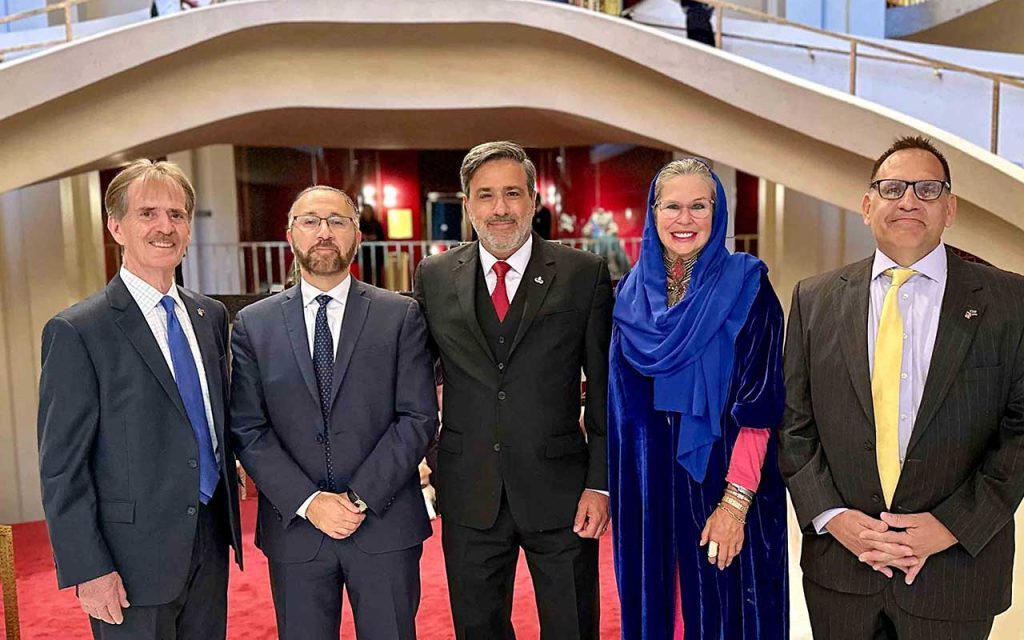
Arriving at the Lincoln Center. (Left to right) Mr. John Pratt, Chairman of the National Council on U.S.-Arab Relations Board of Directors; Mr. Fahad Nazer, Spokesperson for the Embassy of Saudi Arabia in Washington, D.C.; Colonel (Ret.) Abbas Dahouk, National Council Board of Directors Member and HyphenPoint LLC Principal; myself, National Council Board of Directors Member, and author and artist; and Mr. Patrick Mancino, National Council Executive Vice President and Director of Development.
The event was held under the patronage of His Highness Prince Badr bin Abdullah bin Farhan Al Saud, the Minister of Culture of the Kingdom of Saudi Arabia. Performances included pieces from the Saudi National Orchestra, the Saudi Performing Arts Ensemble, and legendary American jazz musicians from the Dizzy Gillespie All-Stars.
As Saudi Arabia implements its national development strategy known as Vision 2030, one objective is to develop a performing arts sector that can share Saudi Arabia’s cultural heritage with the rest of the world. Simultaneously, space for more entertainment (and tourism) in the Kingdom – that includes AMC movie theaters, concerts, events, and world-class athletes in competition – is being created in a style, time, and manner consistent with a nation that is also a place of pilgrimage and prayer for 1.8 billion Muslims across the globe. The leadership of Saudi Arabia is seeking to diversify its economy and develop domestic industries that can meet the anticipated employment needs of its youthful citizens. 63% of the population of Saudi Arabia is under the age of 30.
Attendees at the event, in addition to Minister of Culture HH Prince Badr, included former Saudi Arabian Ambassador to the United States and the United Kingdom, and Chairman of the King Faisal Center for Research and Islamic Studies, HRH Prince Turki Al Faisal Al Saud; the first female Saudi Arabian Ambassador to the United States, HRH Princess Reema bint Bandar Al Saud; and Saudi Arabia’s Foreign Minister HH Prince Faisal bin Farhan Al Saud. Their royal presence underscored the importance and seriousness of introducing these cultural aspects of the Kingdom to the United States. In addition, New York City Mayor Eric Adams was joined alongside others including journalist and senior Washington Post Editor, Lally Weymouth; Oscar-winning actor Adrien Brody; longtime Wall Street Journal writer and author Karen Elliot House, among many others. Even President Biden’s Special Envoy for Yemen, Mr. Timothy Lenderking, and his team were in attendance to show their diplomatic and unofficial solidarity in appreciation of Arab culture and heritage.
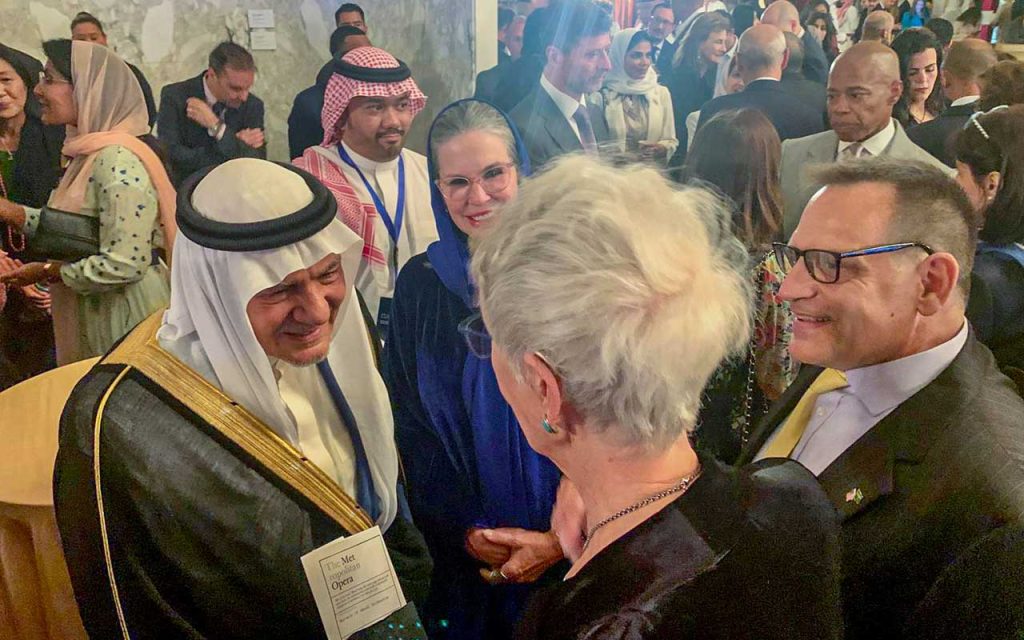
During an intermission we had the privilege of seeing HRH Prince Turki Al Faisal Al Saud. HRH will be a keynote speaker at the National Council’s 40th Anniversary Gala on November 16 in Washington, D.C. The Council has been very fortunate to have HRH make remarks at its annual gathering almost every year since 2006.
Welcoming remarks by Metropolitan Opera General Manager Peter Gelb captured the spirit of the evening: “Art has the possibility of triumphing over adversity.”
The Saudi National Orchestra and Choir performed over the course of two and a half hours. The chorus was comprised of 18 men and 18 women in traditional dress, standing behind the orchestra. The orchestra included violins, some other stringed instruments, a variety of Saudi percussion instruments, and other instruments including the Oud, two beautiful Saudi wind instruments, and drums made out of desert materials. The sounds were new to many Western ears and a delight to the many in the audience who were students and working professionals from New York and the Arab region.
The program began with several folk art performances. They featured specific regions in the Kingdom and included dances by men wearing each region’s native costumes. The songs were familiar to those who knew the region.
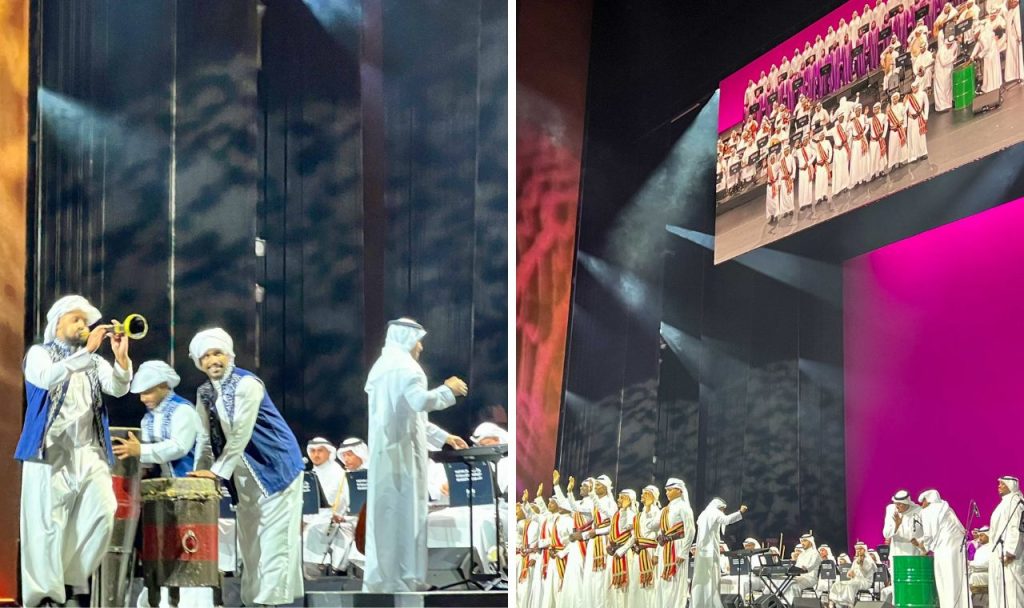
Performances from the “Marvels of Saudi Orchestra.”
The orchestra and chorus departed after charming us all.
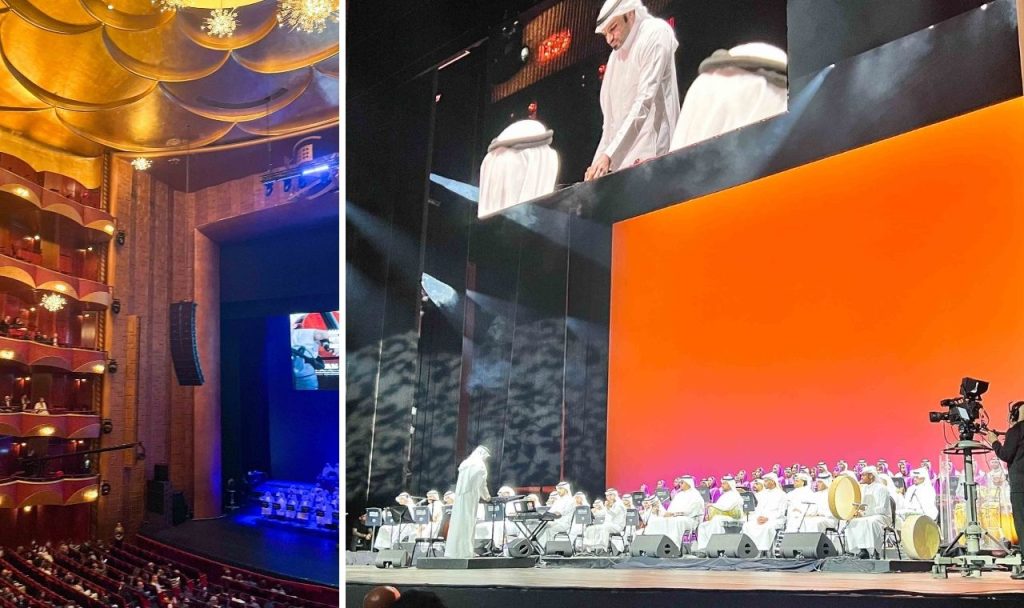
Performances from the “Marvels of Saudi Orchestra.”
The American Dizzy Gillespie All-Stars also took a turn gracing the stage. They performed several songs familiar to the Americans in the audience. Then, three leading musicians from the Saudi Orchestra joined the Dizzy musicians for a remarkable and memorable musical blending of the two cultures. Saxophonist Tim Ries praised the collaboration between the two countries. “We need no words, only the heart that beat together. We’ve become like family after only two days.”
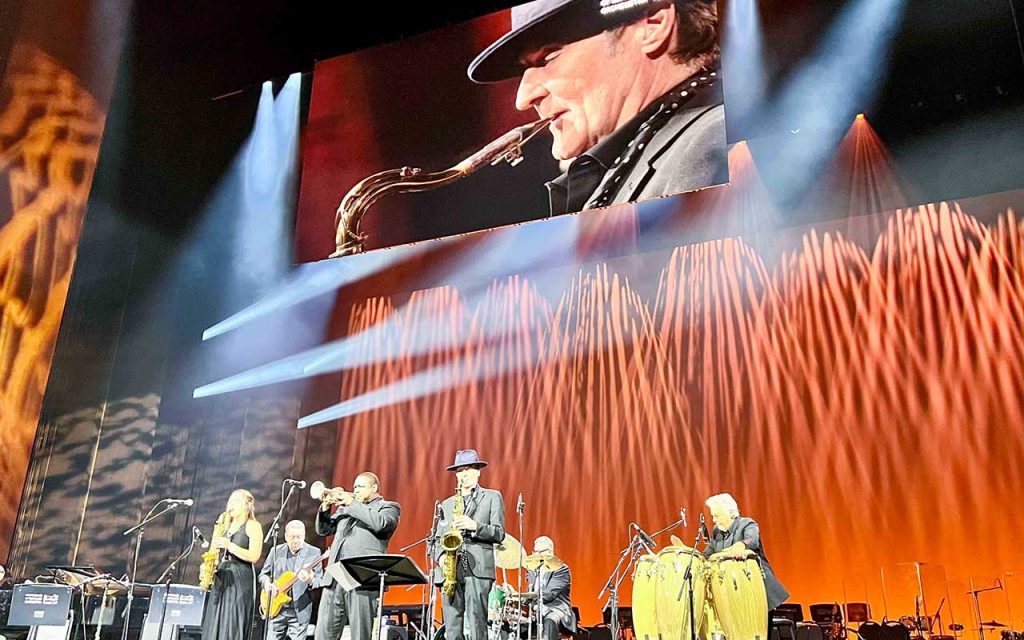
Performances from the cross-cultural musical celebration at the Lincoln Center.
The addition of a Saudi Arabian soprano, Rimaz Oqbi, with a voice that reached the rafters, and perhaps the almighty, changed the presentation dramatically. Her operatic repertoire included songs in English, French, and Italian, with music that was delightfully familiar and that showcased the breadth of her talent.
The printed programs given to the audience were magnificent, covering the purpose of the event and the music (with translations in Arabic and English), and with descriptions of the folk art of the various regions. Even after leaving such a memorable event, through the publication audience members were able to amplify their understanding of the Kingdom and its efforts to reach out to the world.

American and Saudi Arabian musicians take a bow, arm-in-arm, after bringing joy to the world-renowned Metropolitan Opera House in New York City.
The musicians who we enjoyed have already performed in Riyadh and Jeddah in Saudi Arabia, and in Paris, Mexico City, and in Jordan. Many more appearances are scheduled and being planned across the globe and on the world stage.
As Saudi Arabian men and women closed the evening’s first act with an Arabized version of “Fly Me to the Moon,” the consensus among us was that we had somehow managed to indulge in the magic of New York City while simultaneously being transported to Arabia, and shown some of the Kingdom’s hidden treasures. Watch for more to come from a part of the planet that is only beginning to reveal its rich heritage and culture.

With contributions from National Council on U.S.-Arab Relations’ Board Member Susan Wilson Bynum.


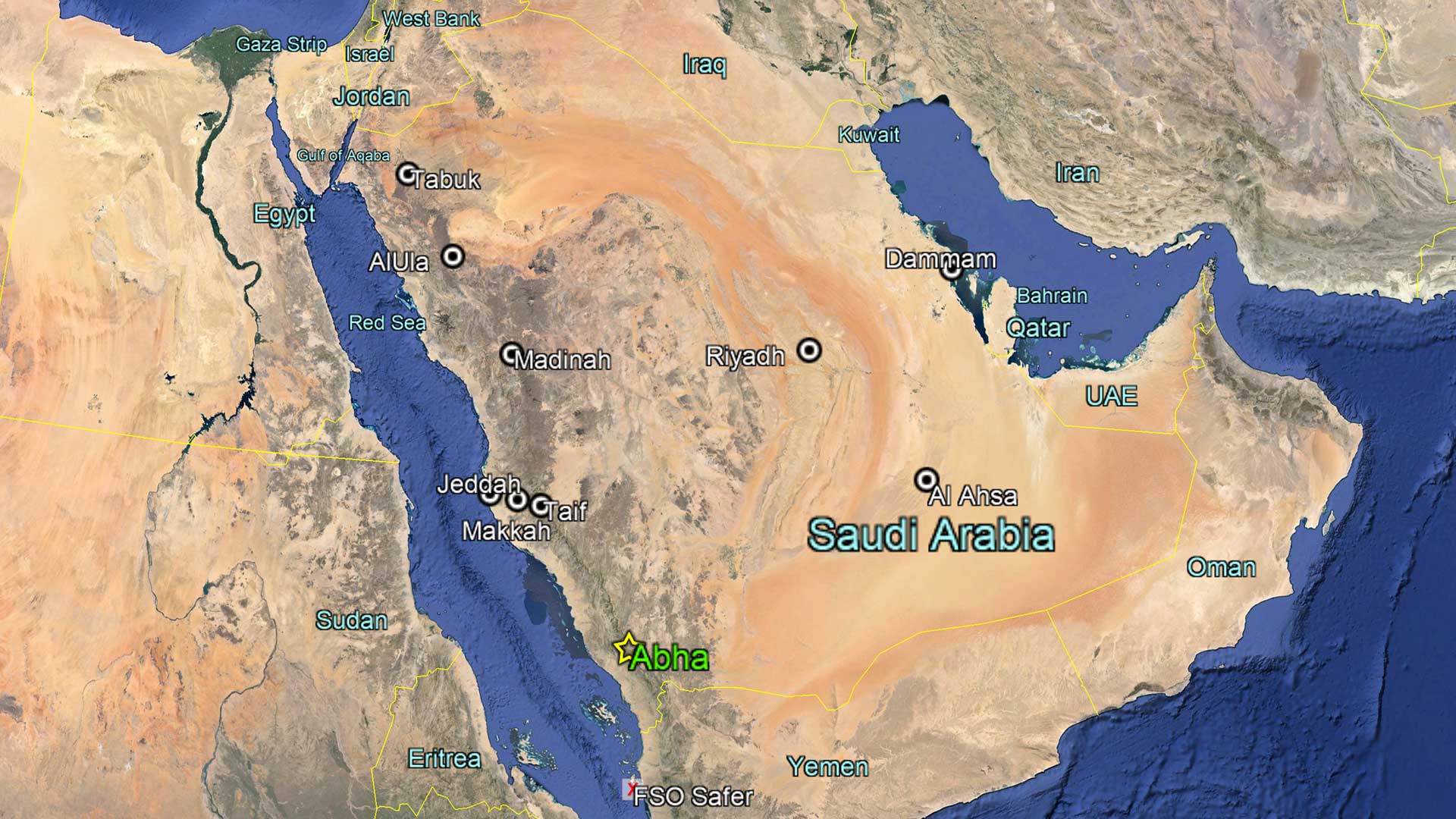
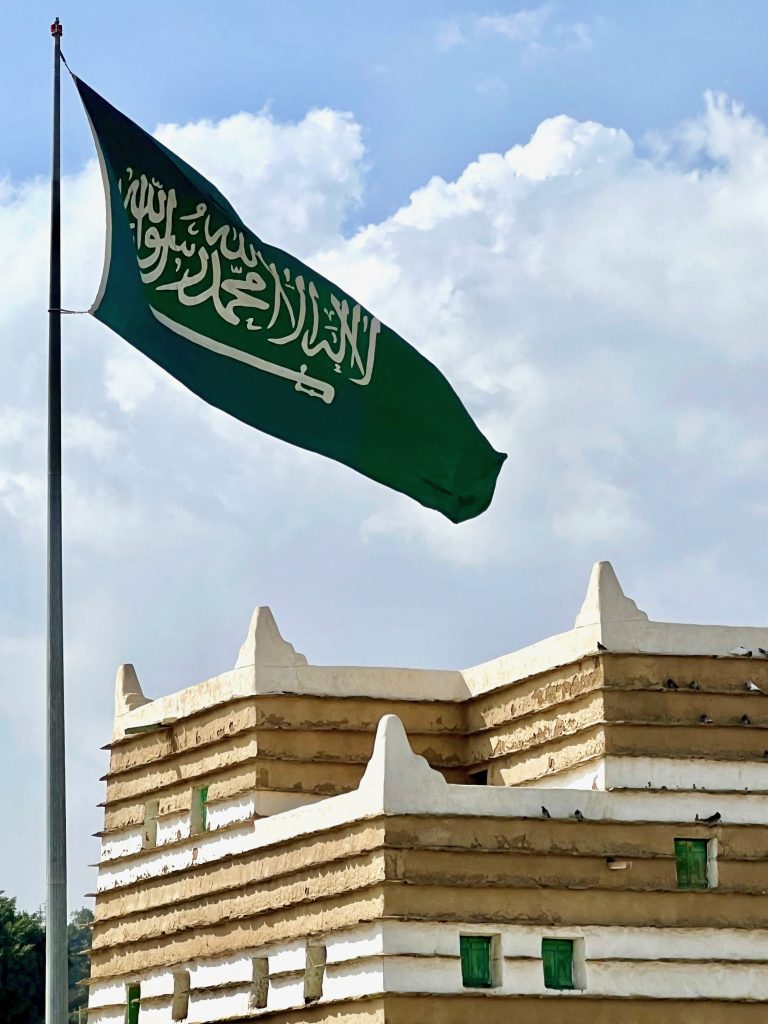

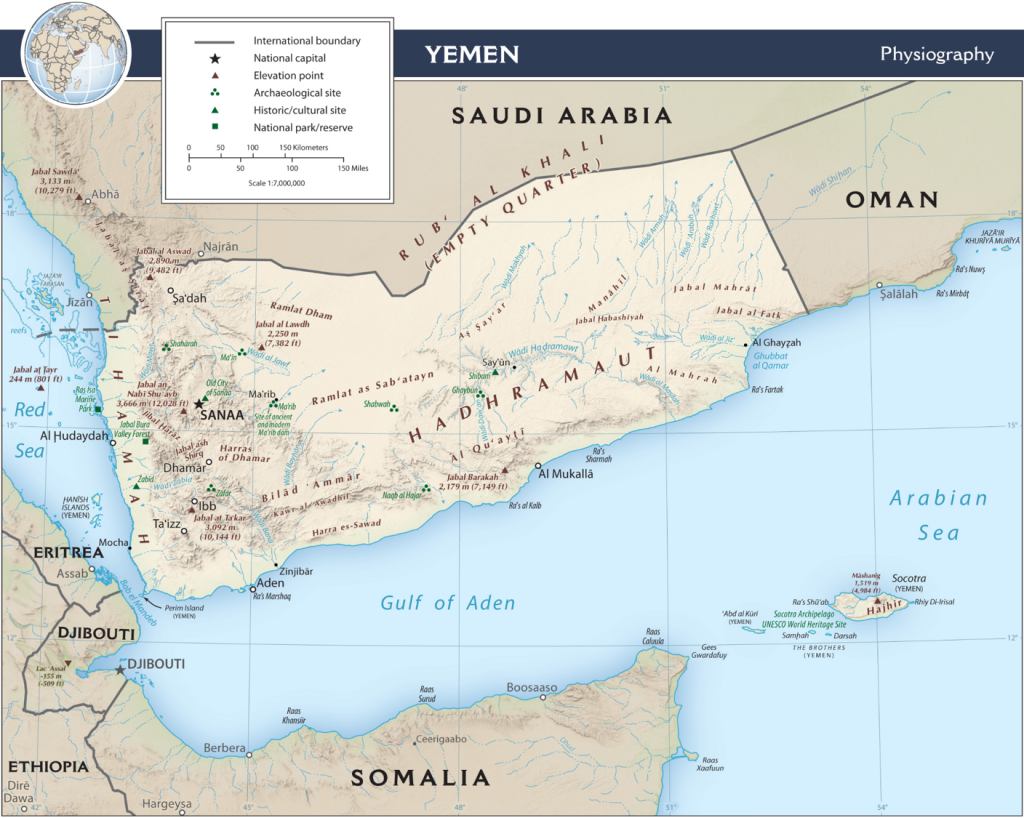
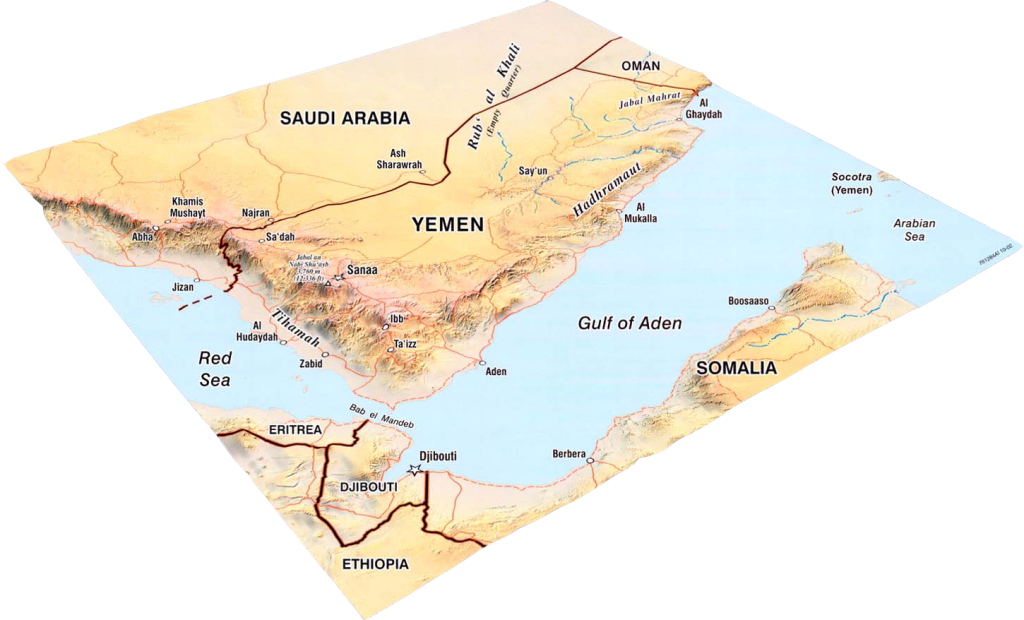








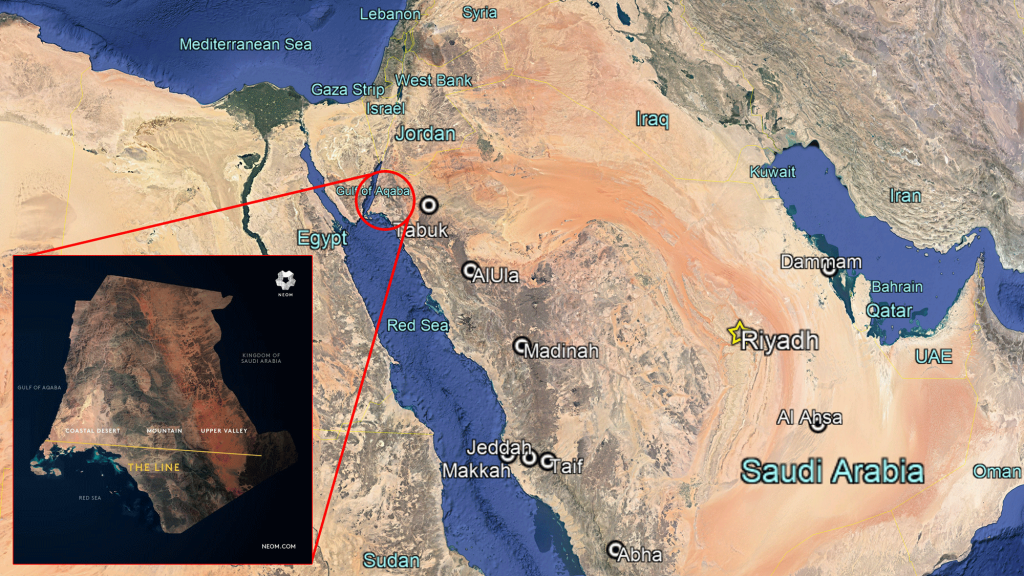
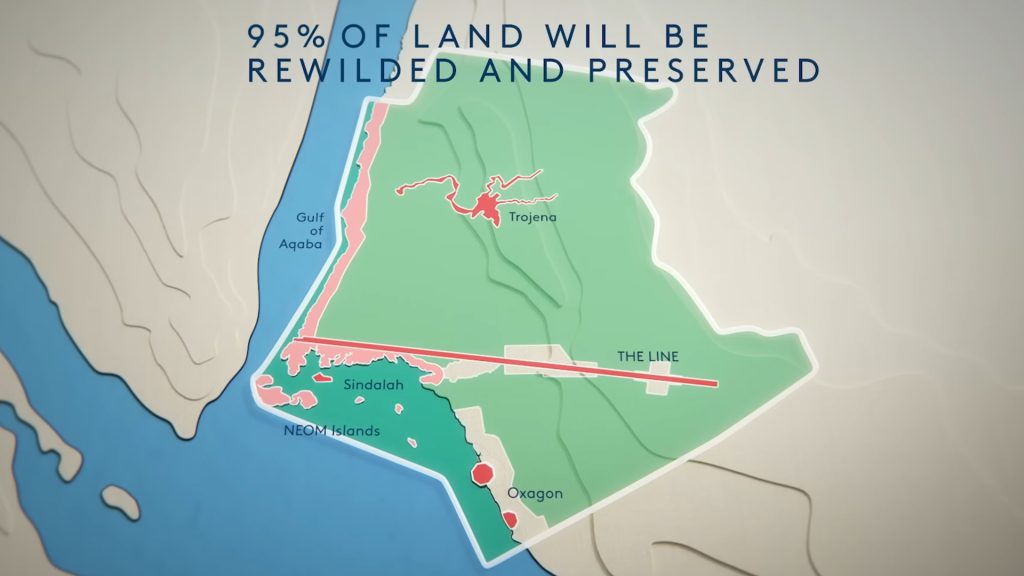

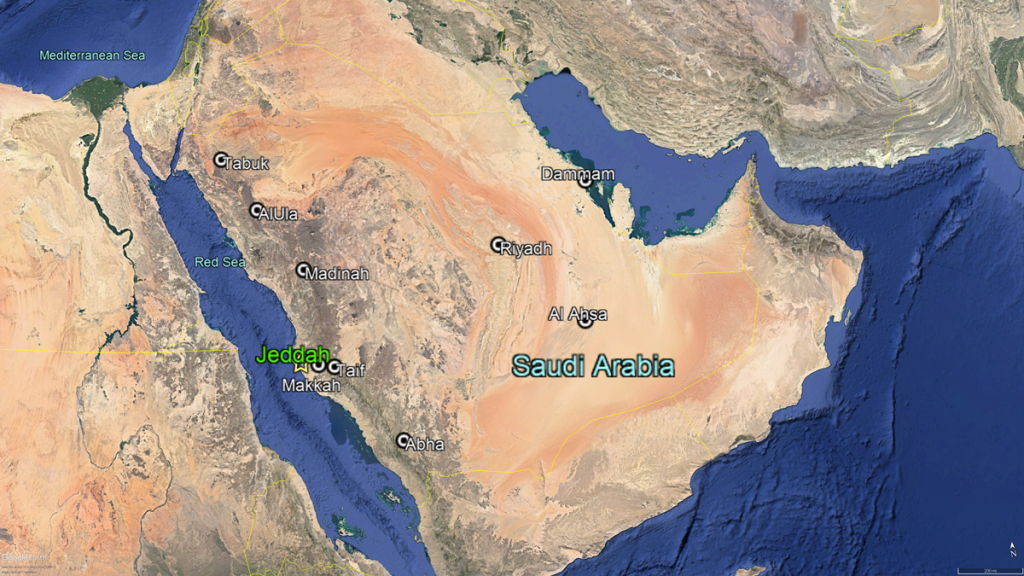
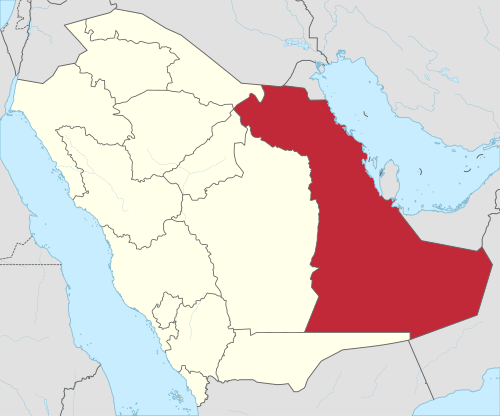
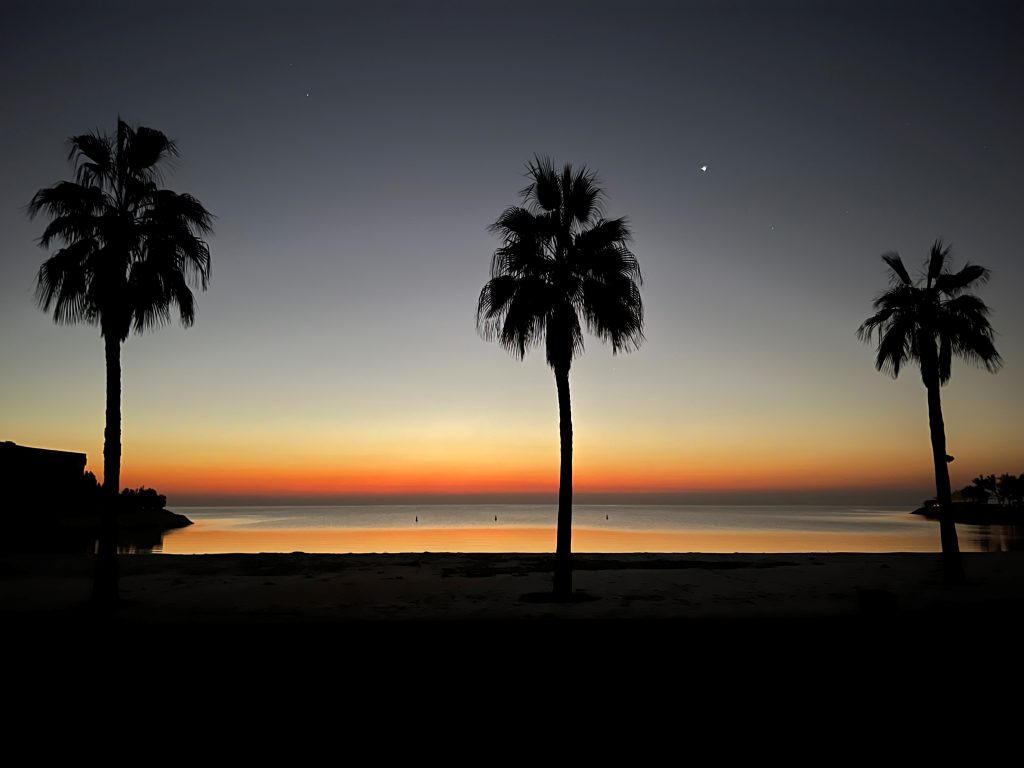
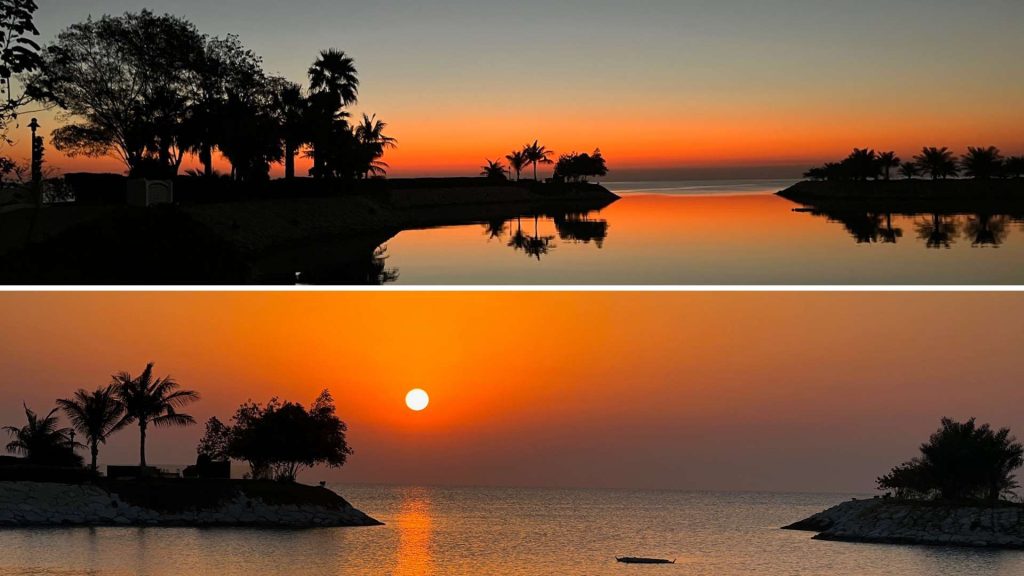

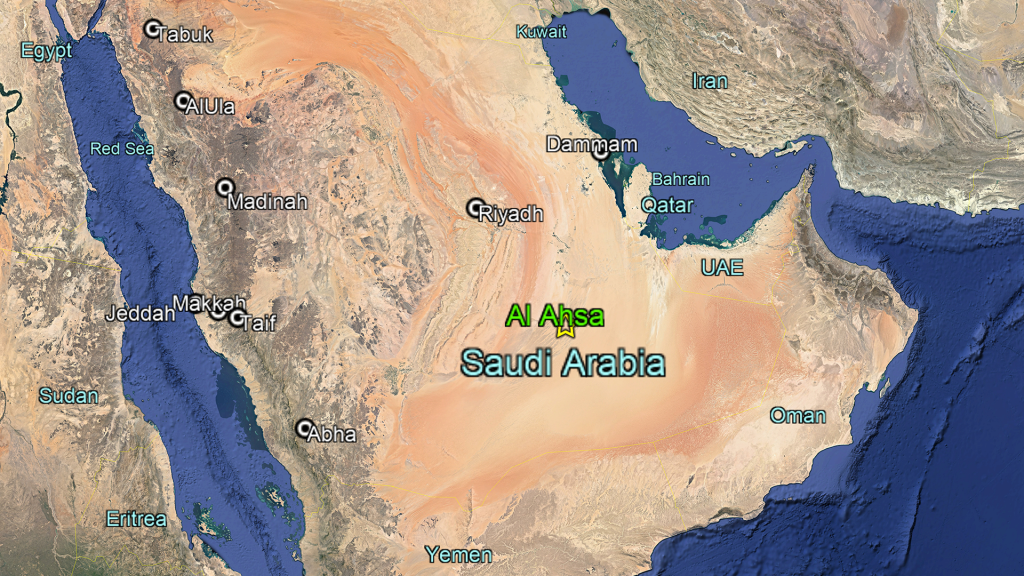
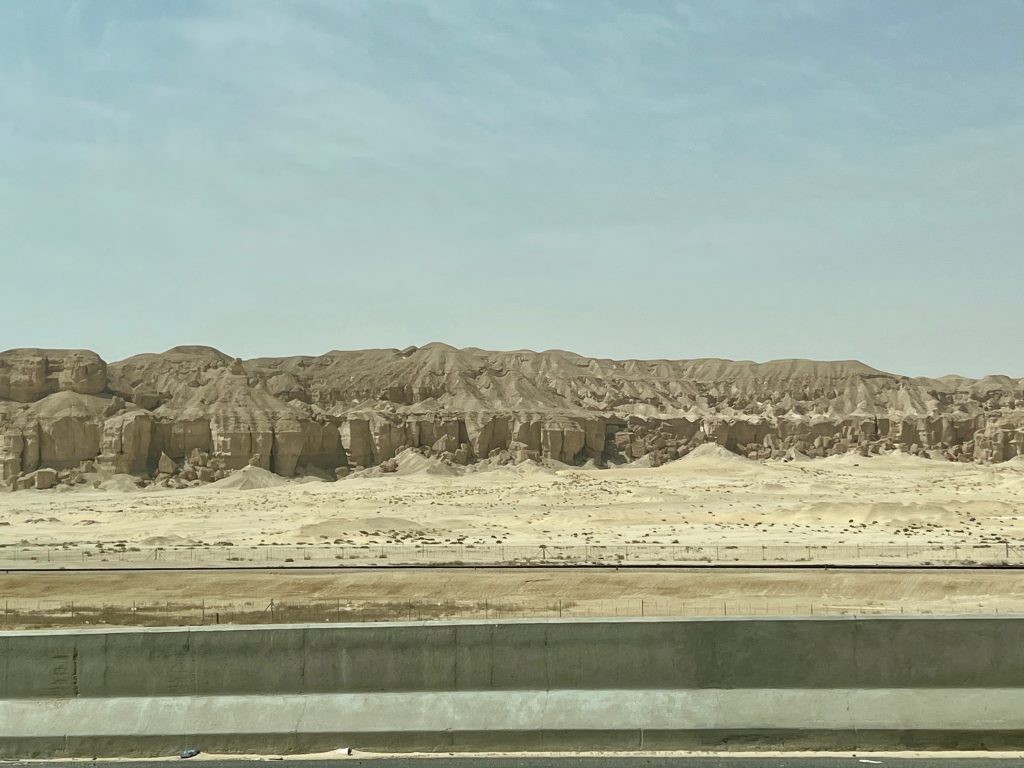

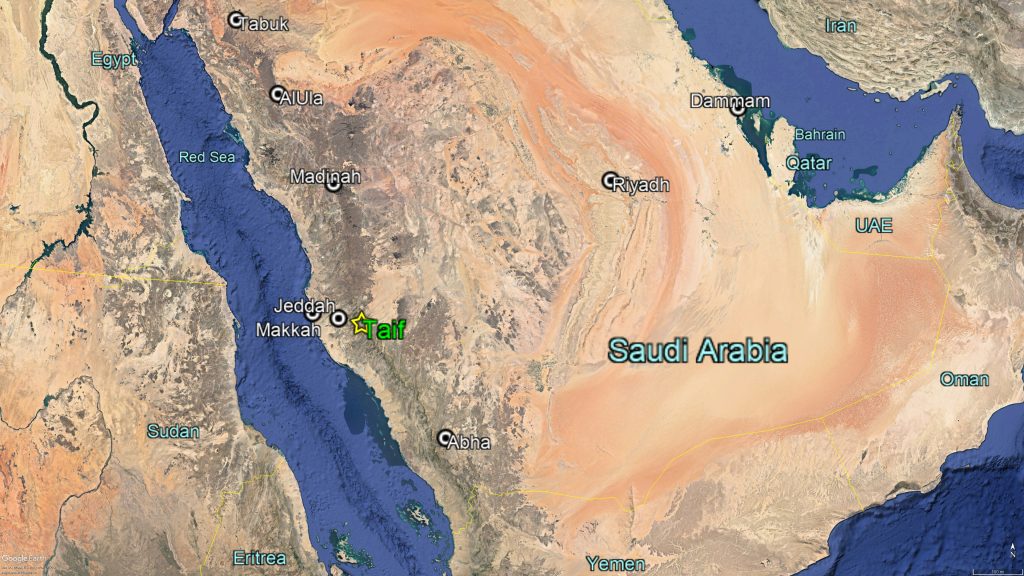
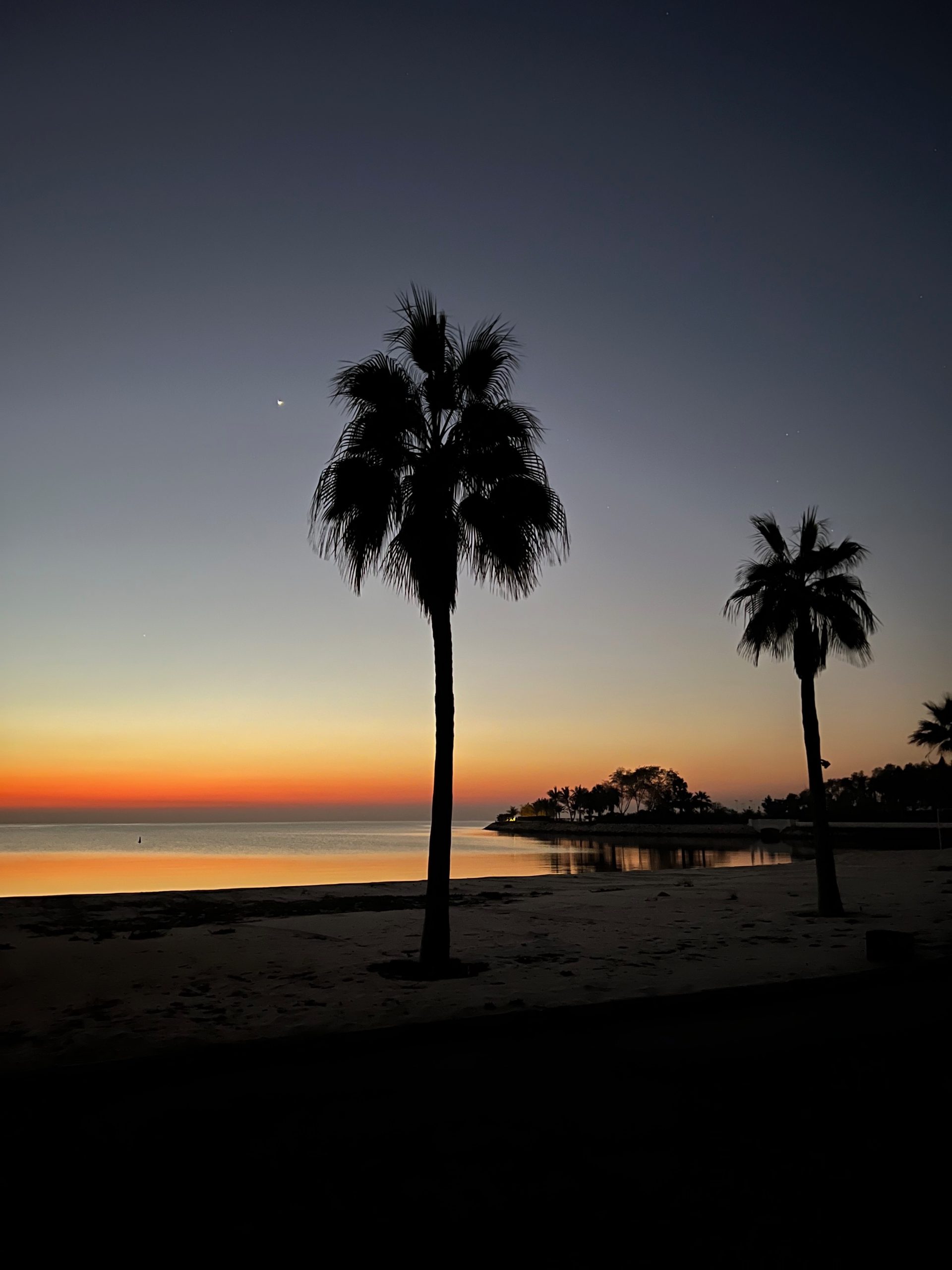
You must be logged in to post a comment.